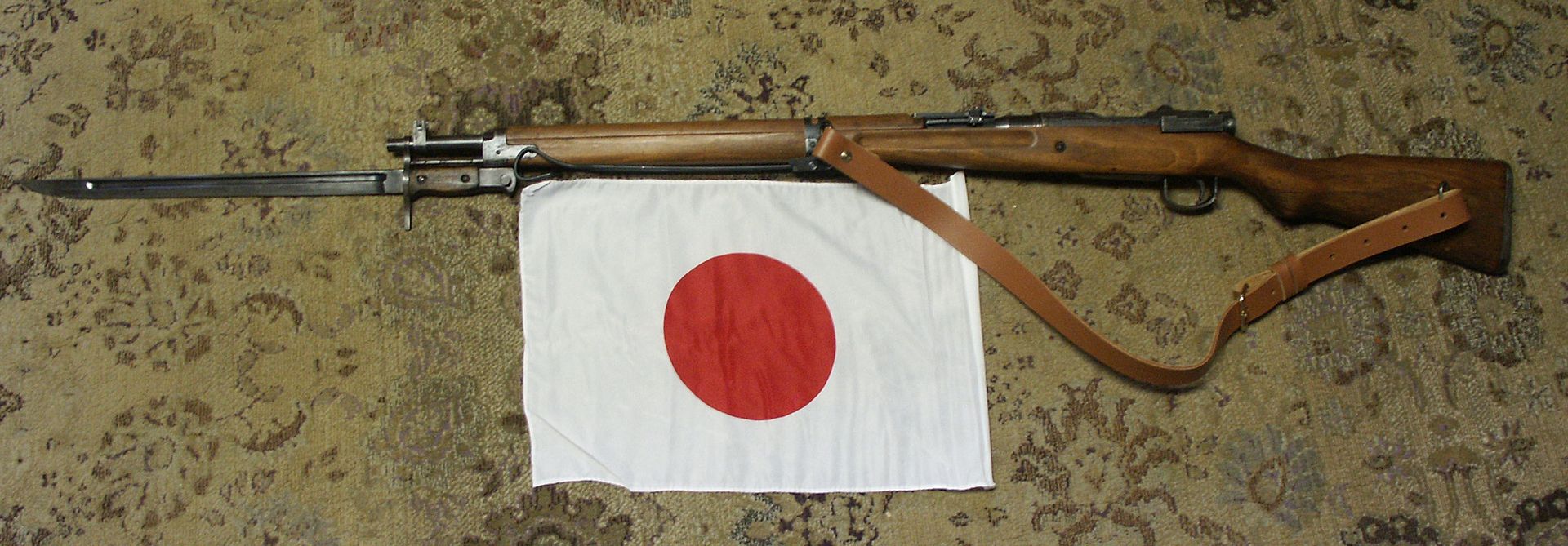tahunua001
New member
hello all,
I have a gun show coming up soon and I am thinking of either grabbing a Steyr M95 or Japanese arisaka(leaning toward the jap).
I know a little bit about the markings and know where to go to research arsenol markings and such but I do have a couple questions.
what is the main difference between the type 38s and type 99s?
were they all done in 7.7x58 or were there other goof ball calibers to watch out for?
how do you tell the difference between the 99s and 38s? I can look at them and spot an arisaka pretty quickly but I can't really spot a difference in models.
how much should should they cost? I am not looking for sporterized or rechambered guns so I will be looking for original condition models.
were individual parts serialized or just the receivers?
I have a gun show coming up soon and I am thinking of either grabbing a Steyr M95 or Japanese arisaka(leaning toward the jap).
I know a little bit about the markings and know where to go to research arsenol markings and such but I do have a couple questions.
what is the main difference between the type 38s and type 99s?
were they all done in 7.7x58 or were there other goof ball calibers to watch out for?
how do you tell the difference between the 99s and 38s? I can look at them and spot an arisaka pretty quickly but I can't really spot a difference in models.
how much should should they cost? I am not looking for sporterized or rechambered guns so I will be looking for original condition models.
were individual parts serialized or just the receivers?


